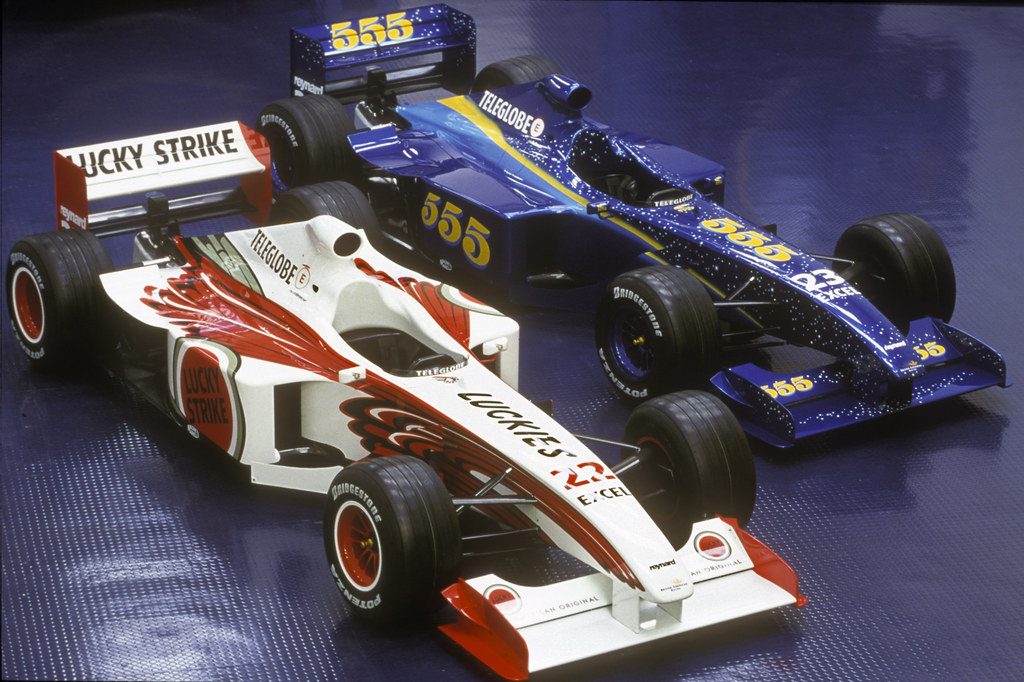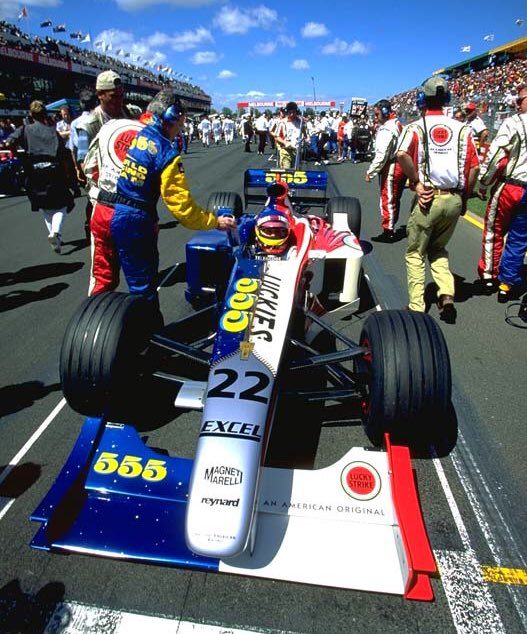- 11,579

- Intercourse, PA
- Carbonox
Title. Post all about the rules that make your blood boil the most, whether it's for their complete lack of common sense or some other reason.
For me, probably the way ARCA's insistence to go for overtime restarts even when a caution came out on the white flag lap, sometimes even overruling the leader crossing the finish line right after the incident. GWC's in general feel arbitrary enough to me at times, but this type of ruling just takes it to a whole new level when even the last lap isn't "safe" for someone in a comfortable lead.
I really hate the "fans deserve a green flag finish!" mentality that created this... it just screams entitlement to me. 🤬 happens, sometimes a race just doesn't play out like you'd want it to. A yellow flag finish here and there shouldn't automatically mean the entirety of the race is suddenly a complete waste of their time and possibly money.
For me, probably the way ARCA's insistence to go for overtime restarts even when a caution came out on the white flag lap, sometimes even overruling the leader crossing the finish line right after the incident. GWC's in general feel arbitrary enough to me at times, but this type of ruling just takes it to a whole new level when even the last lap isn't "safe" for someone in a comfortable lead.
I really hate the "fans deserve a green flag finish!" mentality that created this... it just screams entitlement to me. 🤬 happens, sometimes a race just doesn't play out like you'd want it to. A yellow flag finish here and there shouldn't automatically mean the entirety of the race is suddenly a complete waste of their time and possibly money.



